
At a glance
- Employers will soon be able to petition for an additional 30,000 H-2B quota numbers for temporary non-agricultural employment in FY 2019.
- To qualify, workers must have previously held H-2B status in at least one of the last three fiscal years, and employers must claim they are likely to suffer irreparable harm without additional workers.
- DHS is expected to issue petition filing instructions for the additional quota numbers in the near future.
A closer look
An additional 30,000 H-2B visa numbers will be authorized for temporary non-agricultural employment in FY 2019, the Department of Homeland Security (DHS) announced today. In contrast to prior H-2B cap relief, this year’s supplemental visa numbers will be available only to foreign beneficiaries who have held H-2B status in at least one of the past three fiscal years. As in prior years, employers will be required to attest that their business is at risk of irreparable harm without the additional workers.
The additional H-2B numbers were authorized by Congress in the FY 2019 spending package passed in February. The spending legislation allows DHS to increase the H-2B cap for this fiscal year if, in consultation with the Department of Labor (DOL), it determines there are not enough U.S. workers to meet the needs of American businesses for temporary non-agricultural work. In FY 2018, DHS made 15,000 additional H-2B visa numbers available under a similar provision of last year’s spending package.
Filing instructions expected soon
In the near future, DHS is expected to publish a temporary rule setting forth filing procedures for the additional numbers. Petitioners will need to submit USCIS Form I-129, a valid temporary labor certification approved by DOL and an attestation on DOL Form ETA-9142-B-CAA-2.
This alert is for informational purposes only. If you have any questions, please contact the immigration professional with whom you work at Fragomen.
Explore more at Fragomen
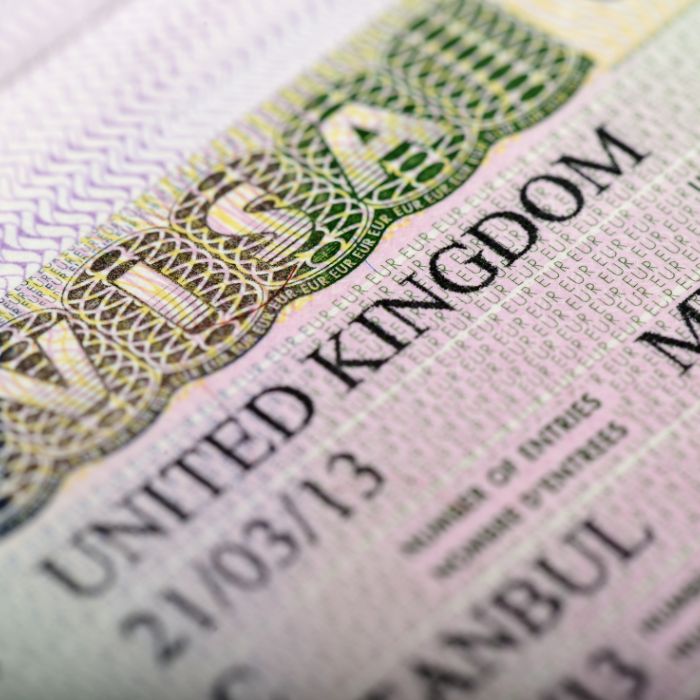
Blog post
The UK expands its High Potential Individual (HPI) visa for 2025, broadening eligibility for global graduates and entrepreneurs while introducing new requirements and application caps
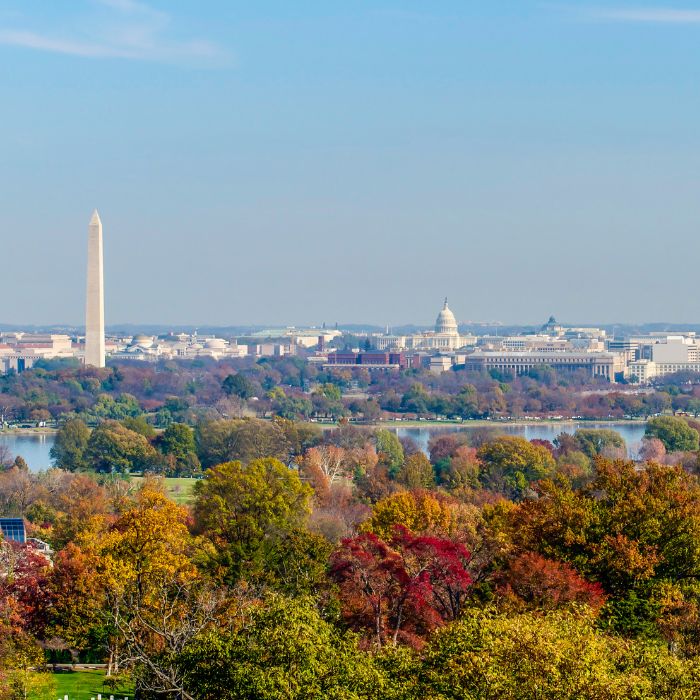
Media mentions
Partner Bo Cooper discusses the US proposal to expand social media screening for visitors from visa waiver countries and the broader shift it represents in travel vetting.

Video
The latest Mobility Minute features Manager Alex Hood discussing recent updates to the UK’s High Potential Individual route, including expanded university eligibility, a new annual cap and modernized governance measures.

Media mentions
Managing Partner for the Middle East and Africa Murtaza Khan discusses how the UAE’s flexible migration policies attract talent and support a competitive labour market.
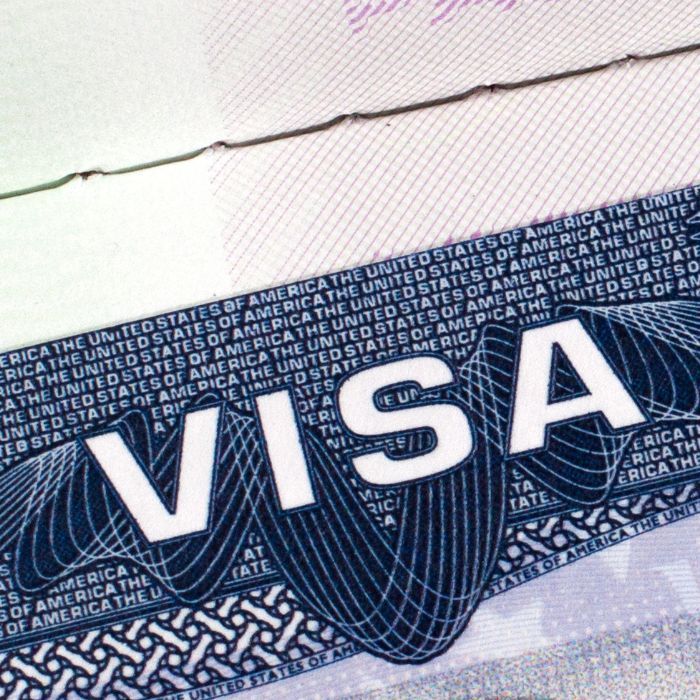
Media mentions
Senior Counsel Mitch Wexler notes that the US expansion of social-media screening to H-1B and H-4 visa applicants will involve a more detailed review of their online activity.
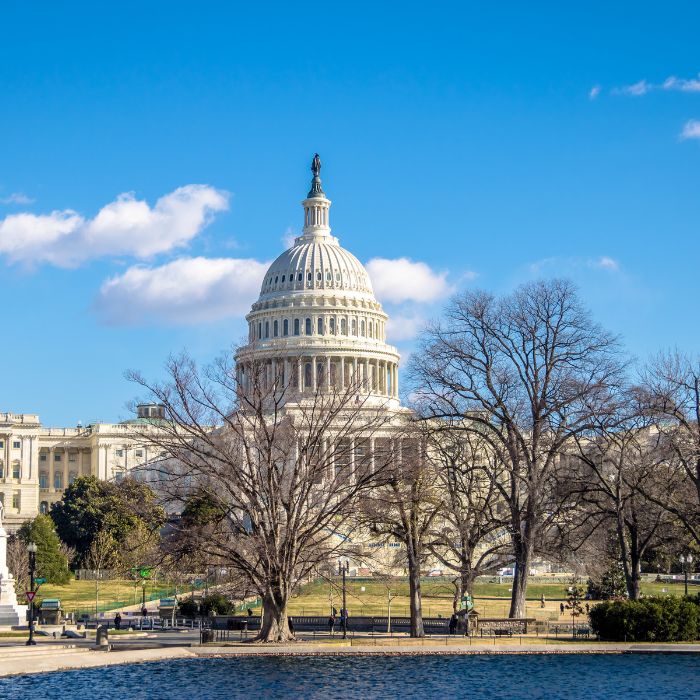
Media mentions
Partner Edward Raleigh highlights the need for companies to prepare for increased H-1B enforcement and ensure compliance with US worker requirements.

Video
In this Mobility Minute, Associate Rebeca Lafond outlines key considerations for international travel to the United States during the holiday season, including documentation requirements, visa processing expectations and enhanced screening on entry.

Media mentions
Partner K. Edward Raleigh explains that the Department of Labor’s Project Firewall expands H-1B oversight beyond individual complaints and increases the scope of employer compliance reviews.

Media mentions
UK Government Affairs Strategy Director Shuyeb Muquit examines how proposed settlement reforms could reshape the path to UK residency by extending qualifying periods and linking eligibility to individual contribution.
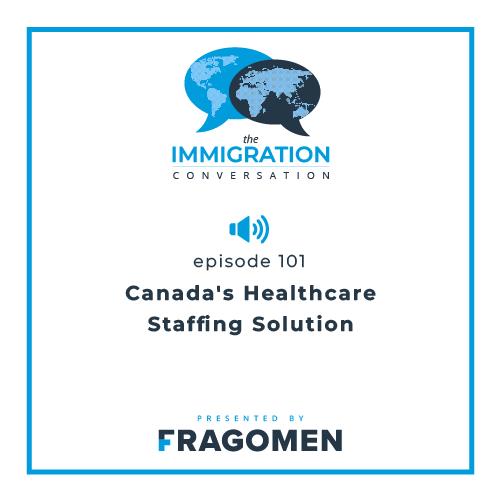
Podcast
Partner Cosmina Morariu and Business Immigration Manager Ayana Ibrahimi discuss critical immigration strategies underpinning healthcare-sector staffing in Canada, unpacking how recent policy, mobility and compliance developments are affecting employers and global talent pipelines.

Awards
Fragomen named Private Client Team of the Year at The British Legal Awards 2025, recognising the strength of our UK Private Client practice.

Media mentions
Partner Daniel Brown highlights rising deceptive practices in immigration and emphasizes stronger verification and compliance measures for employers.

Blog post
The UK expands its High Potential Individual (HPI) visa for 2025, broadening eligibility for global graduates and entrepreneurs while introducing new requirements and application caps

Media mentions
Partner Bo Cooper discusses the US proposal to expand social media screening for visitors from visa waiver countries and the broader shift it represents in travel vetting.

Video
The latest Mobility Minute features Manager Alex Hood discussing recent updates to the UK’s High Potential Individual route, including expanded university eligibility, a new annual cap and modernized governance measures.

Media mentions
Managing Partner for the Middle East and Africa Murtaza Khan discusses how the UAE’s flexible migration policies attract talent and support a competitive labour market.

Media mentions
Senior Counsel Mitch Wexler notes that the US expansion of social-media screening to H-1B and H-4 visa applicants will involve a more detailed review of their online activity.

Media mentions
Partner Edward Raleigh highlights the need for companies to prepare for increased H-1B enforcement and ensure compliance with US worker requirements.

Video
In this Mobility Minute, Associate Rebeca Lafond outlines key considerations for international travel to the United States during the holiday season, including documentation requirements, visa processing expectations and enhanced screening on entry.

Media mentions
Partner K. Edward Raleigh explains that the Department of Labor’s Project Firewall expands H-1B oversight beyond individual complaints and increases the scope of employer compliance reviews.

Media mentions
UK Government Affairs Strategy Director Shuyeb Muquit examines how proposed settlement reforms could reshape the path to UK residency by extending qualifying periods and linking eligibility to individual contribution.

Podcast
Partner Cosmina Morariu and Business Immigration Manager Ayana Ibrahimi discuss critical immigration strategies underpinning healthcare-sector staffing in Canada, unpacking how recent policy, mobility and compliance developments are affecting employers and global talent pipelines.

Awards
Fragomen named Private Client Team of the Year at The British Legal Awards 2025, recognising the strength of our UK Private Client practice.

Media mentions
Partner Daniel Brown highlights rising deceptive practices in immigration and emphasizes stronger verification and compliance measures for employers.

